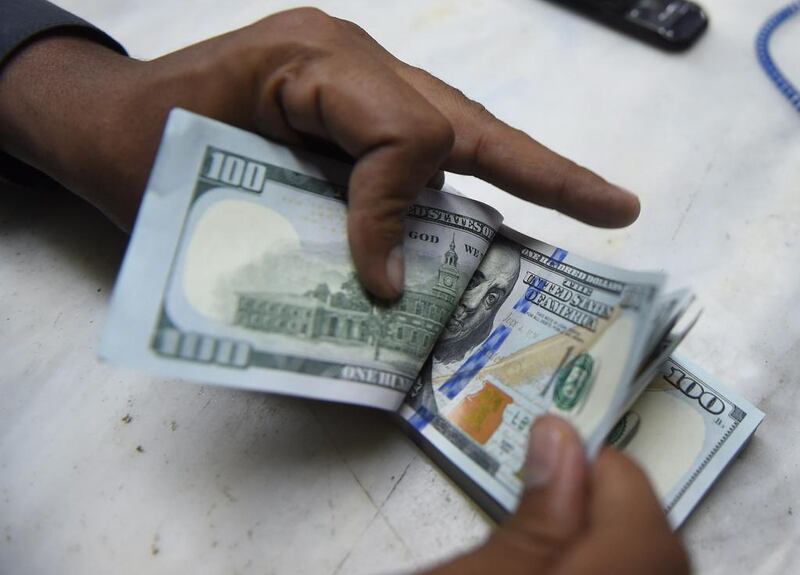The greenback continued to roar through November, with the US Dollar Index crossing the 95 level for the first time in more than 15 months.
Since my last column, US inflationary data rang alarm bells across global financial markets. Consumer price index data from October showed that core inflation, excluding food and energy, grew 4.6 per cent year-on-year, up from a previous reading of 4 per cent.
The higher-than-expected print sparked rallies in the US dollar and Treasury yields as market expectations grew that the Federal Reserve would be forced to raise interest rates sooner rather than later.
While it is unlikely that we will see rate increases before May or June next year, inflationary pressures will probably continue to weigh on asset classes against the greenback through to the end of 2021.
On Sunday, Minneapolis Federal Reserve Bank president Neel Kashkari cautioned the US central bank not to overreact to higher inflation, which will trend higher in the short term but remain transitory in nature.
With the current situation set to remain for the foreseeable future, the dollar will continue to come in for bids, with majors such as the euro and cable under pressure in the weeks to come.
The British pound has come under tremendous pressure in the past few weeks. Dollar strength has underpinned the pound’s recent weakness but a dovish Bank of England has exacerbated the pressure on cable longs.
Earlier this month, the BoE surprised markets and held rates unchanged, triggering a major sell-off in GBP/USD.
What was more interesting was the voting patterns of the BoE monetary policy committee. The results showed that two members were in favour of an increase versus market expectations that three members would vote for the increase.
As a result, the cable tumbled more than 1.4 per cent against the greenback and has remained under pressure since.
The shift in the voting pattern gives us some insight that the BoE is not as ready as they perhaps led us to believe. This throws into doubt the possibility of an increase at the central bank's last meeting of the year in December.
Technically, the prospects are not great for the sterling – the GBP/USD pair continues to establish lower lows and lower highs. Following the November 4 announcement, the 50-day exponential moving average crossed below the 200-day EMA, which will continue to weigh heavily on GBP/USD long positions.
The pair has found near-term support at 1.3350 levels in the short term. However, a move towards 1.31 or 1.32, where stronger long-term support comes in, would not be surprising.
Fundamentally, the release of UK inflation data, which is due at 11am UAE time on Wednesday and is expected to grow 3.9 per cent annually versus an earlier reading of 3.1 per cent, will continue to bring volatility in GBP crosses.
If we have a reading above expectations, this could spark a brief buying rally in GBP and shift the views on BoE policy.
Meanwhile, gold pricing action through November has been very bullish. The precious metal gained more than 4 per cent during the month on the Dubai Gold and Commodities Exchange.
A lot of the positive sentiment was kicked off by the stronger-than-expected US inflationary print. Gold has always been considered to be a traditional hedge against inflation and the bullish sentiment should continue in the short term.
Technically, the breakthrough of the 50-day exponential average through both the 100-day and 200-day moving averages will keep technical gold bulls interested in the short term.
I would not be surprised if we make a test of $1,900 levels before the start of December.
Gaurav Kashyap is head of futures at EGM Futures. The views and opinions expressed in this article are those of the author and do not reflect the views of EGM Futures






